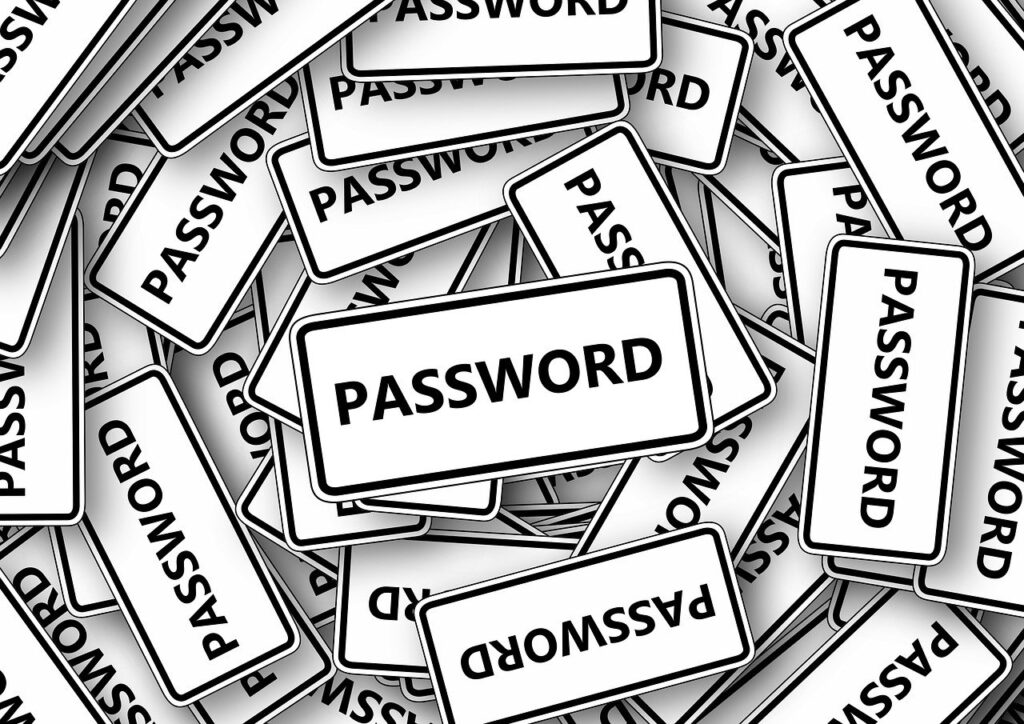Ransomware has become a significant threat in today’s digital landscape, affecting individuals, businesses, and organizations of all sizes. This malicious software encrypts a victim’s files or locks them out of their device until a ransom is paid. In recent years, ransomware attacks have been on the rise, causing substantial financial losses and disrupting operations worldwide.
Understanding how ransomware works and the measures to protect yourself or your company is crucial in today’s interconnected world. This article aims to provide a comprehensive overview of ransomware, including its definition, examples, preventive measures, and steps to take if you become a victim.
What is Ransomware?
Ransomware is a type of malware that encrypts files on a victim’s computer or network, rendering them inaccessible. The attacker then demands a ransom, typically in cryptocurrency, in exchange for decrypting the files or restoring access to the affected system. Ransomware can be delivered through various means, such as malicious email attachments, infected websites, or exploit kits.
Once a device or network is infected, ransomware quickly spreads, encrypting files and displaying a ransom note with instructions on how to pay the ransom. The attackers often impose strict deadlines, threatening to delete or leak the encrypted data if the ransom is not paid within the specified time.
Examples of Ransomware
Ransomware comes in different forms, each with its own unique characteristics. Some well-known examples of ransomware include:
- WannaCry: This ransomware attack in 2017 affected hundreds of thousands of computers worldwide, exploiting a vulnerability in the Windows operating system.
- Locky: Locky ransomware spread through malicious email attachments, encrypting files and demanding ransom payments.
- CryptoLocker: CryptoLocker was one of the first widely spread ransomware variants, infecting countless systems and causing significant financial losses.
Protecting Yourself or Your Company from Ransomware Attacks
Prevention is key when it comes to ransomware attacks. Here are some essential steps to protect yourself or your company:
- Regularly backup your data: Ensure you have secure and up-to-date backups of your important files and systems. Regularly test the backups to ensure they can be restored successfully.
- Keep your software up to date: Install updates and patches for your operating system, software, and security applications. These updates often include security fixes that can help protect against known vulnerabilities.
- Be cautious with email attachments and links: Avoid opening suspicious email attachments or clicking on links from unknown sources. Be particularly wary of emails that ask for personal information or urge you to take immediate action. Consider providing regular trainings to your family and/or employees to help them keep in mind some of these best practices. Most successful attacks occur from someone mistakenly clicking on links or providing private information to bad actors.
- Use reputable security software: Install and regularly update antivirus and anti-malware software on all devices. These tools can help detect and block ransomware infections.
What to Do If You Are a Victim of Ransomware
If you find yourself a victim of a ransomware attack, here are the steps to take:
- Isolate the infected device: Disconnect the infected device from the network to prevent the ransomware from spreading to other systems.
- Contact law enforcement: Report the incident to your local law enforcement agency. They may be able to provide guidance and assist in the investigation.
- Do not pay the ransom: While it may be tempting to pay the ransom, there is no guarantee that the attackers will decrypt your files or restore access to your system. Paying the ransom also encourages further criminal activity.
- Seek professional help: Consult with a reputable cybersecurity firm or professional who specializes in ransomware. They can provide guidance on potential recovery options and help mitigate future risks.
For additional advice and resources on ransomware prevention and recovery, consider visiting the following websites:





